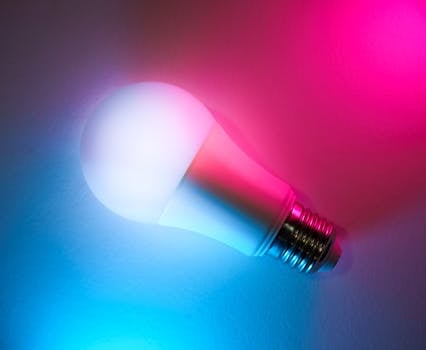
Smart Homes 2025: The Rise of AI-Driven Devices
Smart Homes 2025: The Rise of AI-Driven Devices is an exciting topic that has been gaining momentum in recent years. As we approach the year 2025, it’s clear that artificial intelligence (AI) will play a significant role in shaping the future of home automation. In this article, we’ll delve into the world of smart homes and explore the latest advancements in AI-driven devices.
Introduction to Smart Homes
A smart home is a residence that uses advanced technology to automate and control various aspects of the living space. This can include lighting, temperature, security, entertainment, and even appliances. The goal of a smart home is to create a convenient, comfortable, and sustainable living environment. With the rise of AI-driven devices, smart homes are becoming increasingly sophisticated, allowing homeowners to enjoy a seamless and personalized experience.
The Rise of AI-Driven Devices
AI-driven devices are revolutionizing the way we interact with our homes. These devices use machine learning algorithms to learn our habits, preferences, and behaviors, allowing them to make predictions and take actions accordingly. For example, an AI-powered thermostat can learn your daily routine and adjust the temperature to your liking, while an AI-driven security system can detect suspicious activity and alert you to potential threats.
Benefits of AI-Driven Devices in Smart Homes
The benefits of AI-driven devices in smart homes are numerous. Some of the most significant advantages include:
- Increased convenience: AI-driven devices can automate routine tasks, freeing up time for more important things.
- Improved energy efficiency: AI-powered devices can optimize energy consumption, reducing waste and saving you money.
- Enhanced security: AI-driven security systems can detect and respond to potential threats, providing an added layer of protection for your home and family.
- Personalized experience: AI-driven devices can learn your preferences and adapt to your needs, creating a tailored experience that enhances your quality of life.
Examples of AI-Driven Devices in Smart Homes
Some examples of AI-driven devices that are currently available in the market include:
- Amazon Echo and Google Home: These voice assistants use AI to control various aspects of your home, from lighting and temperature to entertainment and security.
- August Smart Lock: This smart lock uses AI to learn your schedule and preferences, allowing it to automatically lock and unlock your doors.
- Nest Thermostat: This AI-powered thermostat learns your daily routine and adjusts the temperature to your liking, helping you save energy and money.
Challenges and Limitations of AI-Driven Devices in Smart Homes
While AI-driven devices offer numerous benefits, there are also challenges and limitations to consider. Some of the most significant concerns include:
- Privacy: AI-driven devices often require access to sensitive data, which can raise concerns about privacy and security.
- Interoperability: Different AI-driven devices may not be compatible with each other, making it difficult to create a seamless smart home experience.
- Cost: AI-driven devices can be expensive, making them inaccessible to some homeowners.
Conclusion
In conclusion, Smart Homes 2025: The Rise of AI-Driven Devices is an exciting and rapidly evolving field. As AI technology continues to advance, we can expect to see even more sophisticated and innovative devices that transform the way we live and interact with our homes. While there are challenges and limitations to consider, the benefits of AI-driven devices in smart homes are undeniable. Whether you’re a homeowner looking to upgrade your living space or a tech enthusiast interested in the latest advancements, the future of smart homes is certainly worth exploring.



